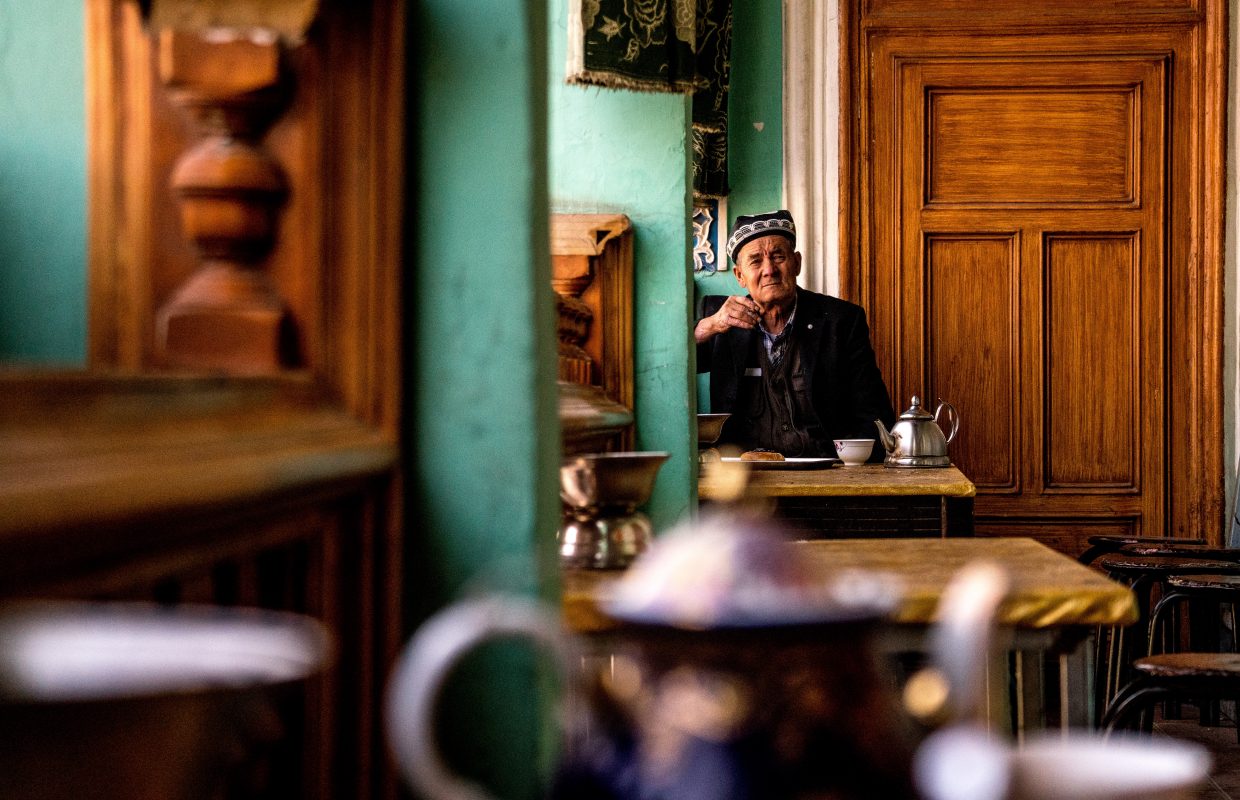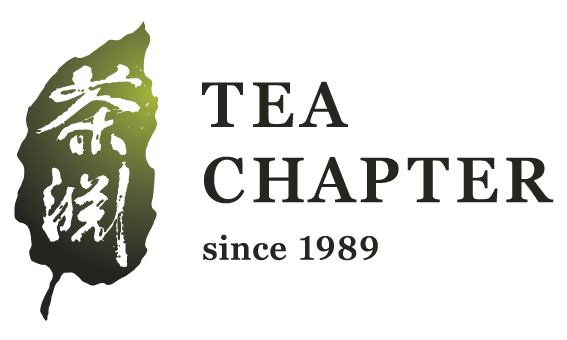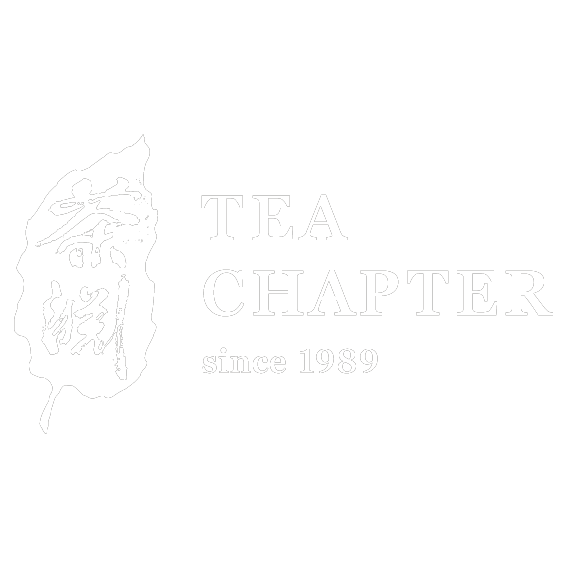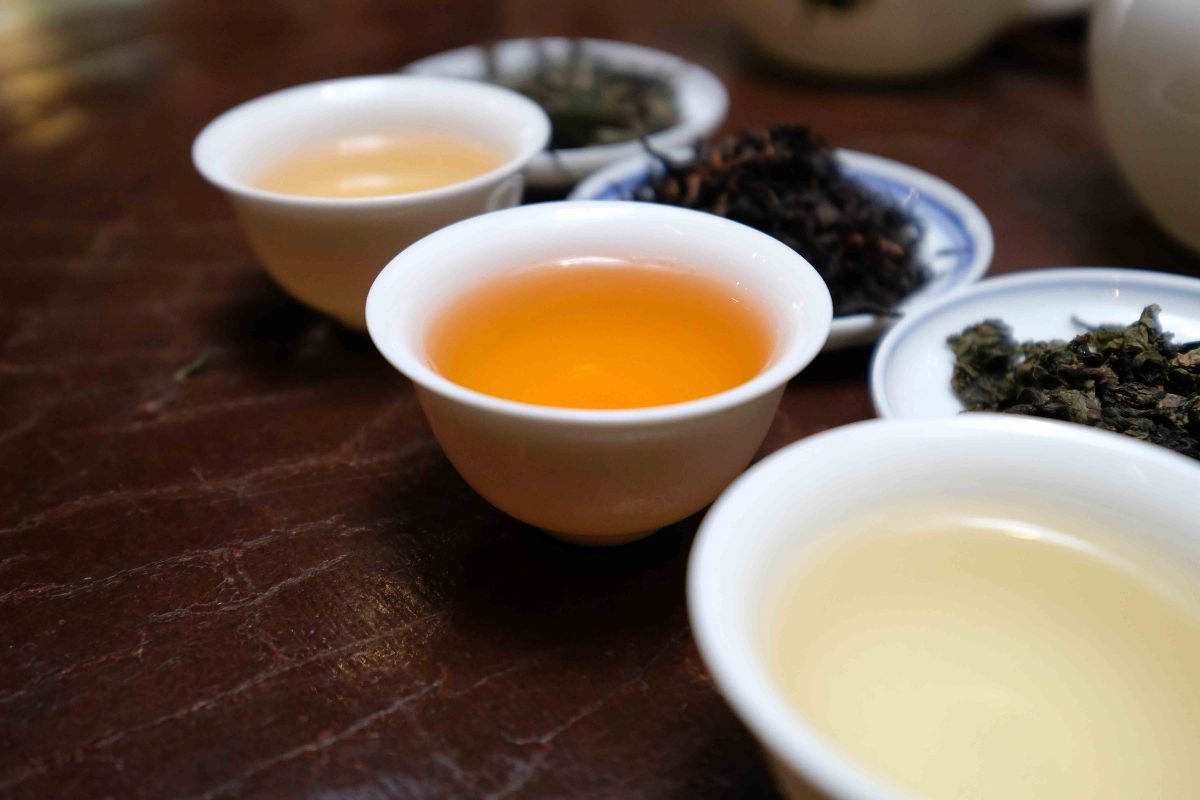Cultural Knowledge, Tea
The different types of Chinese Tea
Through thousands of centuries of brewing, trading, and experimenting, people from all over the world have accultured to the simple joy and satisfaction of pouring and drinking a cup of Chinese tea.
For most people, tea-drinking is prescribed as alternative medicine. Many researchers have accounted for its use to enhance one’s immunity against diseases and sicknesses, alleviate inflammations, and prevent critical illnesses.
For some, sipping a cup of tea is an excitement-filled escape from the incessant and fast-paced motion of our lives.

BRIEF HISTORY
Legends of China tell of a serendipitous discovery of the mystical brew. Emperor Shennong had the first privilege to taste the strange drink when leaves from a nearby tree found their way to the emperor’s freshly boiled water. He was elated with the flavor of the drink and soon tested it with various other leafy ingredients. Some versions of the legend tell how the emperor poisoned himself with a bad herb, and how he cured himself with a good one; hence, the reason for its healing properties.
Nevertheless, in documented reports, tea is believed to be first developed during the Shang Dynasty (formally documented in the 3rd Century AD) in the Yunnan region of Southwest China, where it was used as a medicinal drink. Since then, it found its way to the western trade with the Portuguese and British.
Soon after, the word of the leafy beverage became widespread in various nations including India, Korea, and Japan where they cultivated their style of brewing. As centuries passed, the production and consumption of tea became increasingly globalized among nations like Africa, Taiwan, Iran, United Kingdom, Australia, Americas, and Iran – with each country imposing their modifications and having their preferences.
HOW IS CHINESE TEA MADE?
The Chinese boast of thousands of centuries worth of experience trying to make the perfect cup of tea for your sipping pleasure. Their expertise in the art of literally making tea from the start shows particular attention to detail aligned to the traditional Chinese method.
Tea-picking was a meticulous step in production, demanding intense labor due to the stringent method in picking tea leaves, and clutch-decision making due to the natural uncertainty of weather conditions. Following the collection, the leaves were cured by Sunning, Firing, and Rolling. Each step is carefully done to achieve the tea’s unique flavor profile.
According to tradition, the Chinese showed immense reverence to the art of producing tea that women were not allowed to engage in the activity during menstruation so as not to sully the practice or product.
WHAT MAKES IT DIFFERENT?

Among various nations, tea style differences were due to the endemic plants that grew in their lands. And it was like this for quite a while back in the day. However, with the increasingly globalized world, products are massively traded among large tea-producing countries to take and give.
So, we now try to see how local preferences impose the differences in the tea culture. Focusing on the two major tea producers, China and India, there is not much difference between the two in terms of types of teas produced and how it is produced. There is, however, a distinct difference in the taste. Chinese teas are known for their lightness, simplicity, and refreshing sensation, whereas Indian teas give off a spicier, sweeter, and stronger linger in the taste buds.
In terms of being creative with their beverage, Indians may opt to enjoy theirs with sugar and milk, while the Chinese prefer to have it plain and simple.
Japan is also a big player in the tea-producing business. One major difference in the production method is that they prefer steaming the leaves rather than pan-firing as how the Chinese would do it. In terms of flavor, Japanese tea has a more vegetal and maltier taste as compared to the lighter and sweeter Chinese counterpart.
WHAT ARE THE TYPES OF CHINESE TEA
PU ERH TEA
Pu Erh Tea is made from the leaves of what the natives call the “wild old tree” which grows in the Yunnan Province of China, the birthplace of Chinese Tea. The traditional Chinese method of producing Pu Erh tea processes leaves by fermenting them rather than brewing.
It contains a decent amount of caffeine that invigorates both the nervous and cardiovascular systems. People mainly drink it for weight loss, cholesterol control, cancer prevention, and liver maintenance. Lovastatin, a prescription medicine used to lower cholesterol, is found in small traces in Pu Erh Tea, which is believed to be caused by a contaminant bacterium living in the leaves.
An exciting feature of the Pu Erh Tea is the dynamic flavor profile – on top of having a multitude of flavors such as sweet, bitter, woody, astringent, and floral. The intensity of flavor profiles changes with time. Fresher teas may be sweet, whereas older ones may be bitter or woody.
LAPSANG SOUCHONG
Lapsang Souchong was a variant of the traditional green tea which differed due to the altered rolling, oxidizing, and drying method in an attempt to preserve the flavor during a year and a half journey in trade. The result was a whole new flavor profile which gave it a smoky pine taste.
It’s anything but bitter, so it’s not usual to have it with sugar, milk, or honey. Depending on how it’s prepared, it can have a vast flavor profile such as smoked paprika, whisky, woody, and pine resin.
It’s often used in combination with other teas like Earl Grey or Keemin to augment flavor and provide a strong robust aroma. Lapsang Souchong Tea is also used in stocks, stews, soups, seasoning, and spices.
TIE GUAN YIN
Tie Guan Yin is one of the more popular versions of the traditional Oolong Tea, where the characteristics lie between that of the Green, less oxidized, Tea and the Black, more oxidized Tea. The two types of Tie Guan Yin are the yellow Anxi which has a flowery and light aroma and the reddish-brown Muzha, which has a more dominant nutty punch.
Drinking Tie Guan Yin Tea is believed to help slow down aging, lose weight, exude body heat, and alleviate the adverse effects of smoking.


